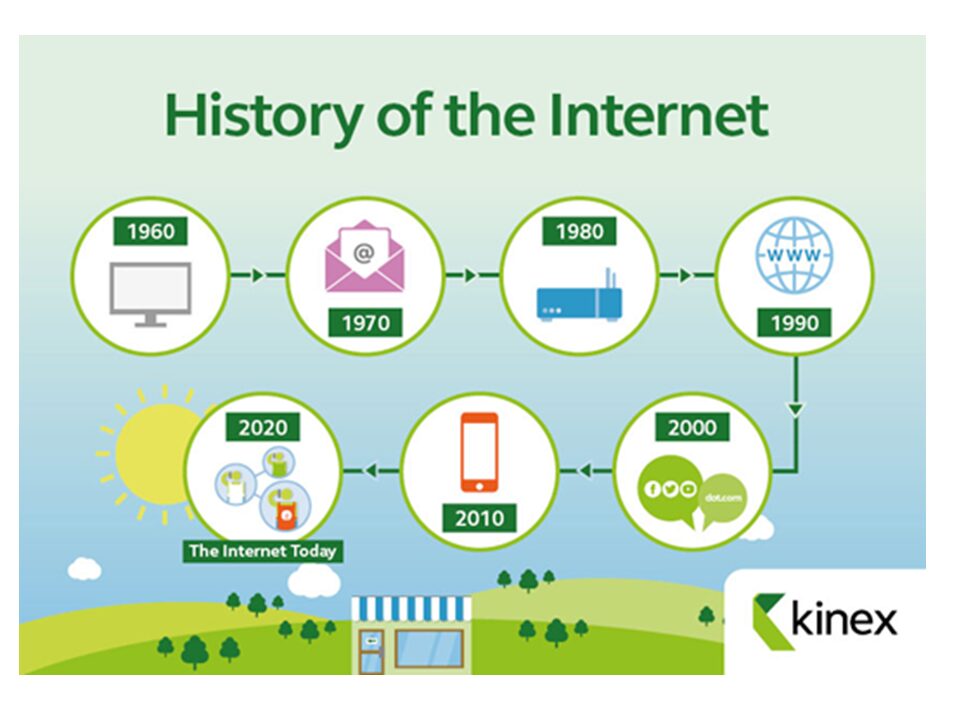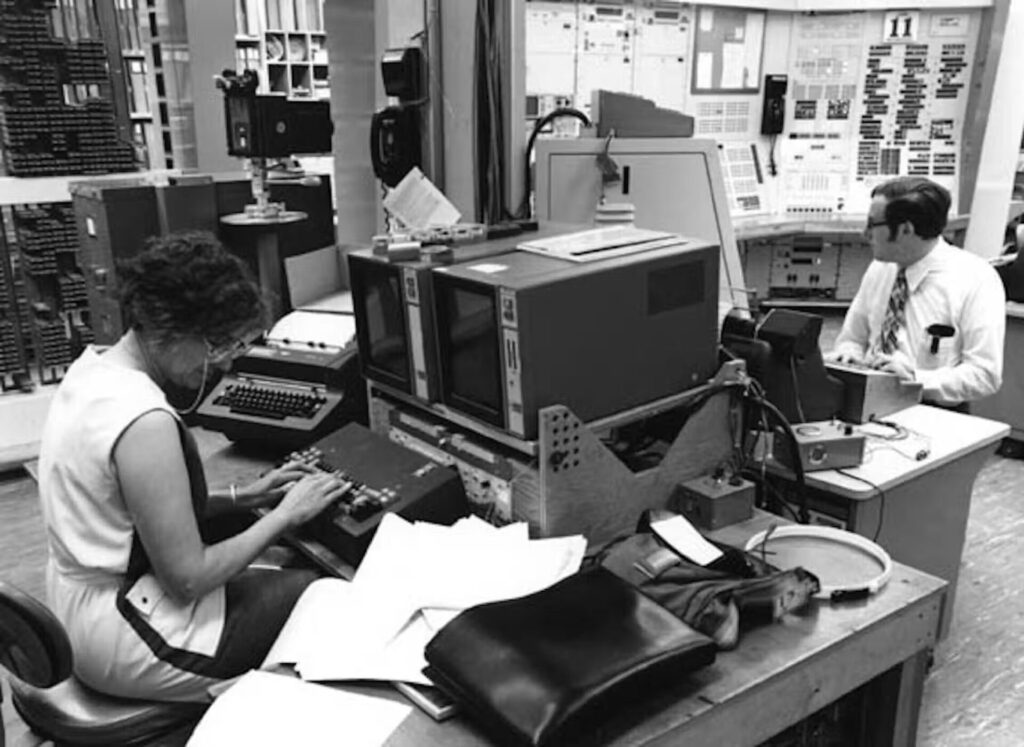The internet, an indispensable part of modern life, has a history that spans decades and involves groundbreaking innovation and collaboration.

Read More: History Of the Internet
From its humble beginnings as a government research project to the vast global network we rely on today, the journey of the internet is a fascinating story of technological evolution.
The Birth of ARPANET
The story begins in the late 1960s, when the U.S. Department of Defense’s Advanced Research Projects Agency (ARPA) initiated a project to develop a communication system that could withstand disruptions, including nuclear attacks. This effort led to the creation of ARPANET (Advanced Research Projects Agency Network) in 1969. ARPANET was designed to enable multiple computers to communicate on a single network.

Read More: Artistry and Analysis: Who Truly Defines Genius?
The first successful ARPANET message was sent on October 29, 1969, from UCLA to the Stanford Research Institute. Although the system crashed after just two letters (“LO” instead of the intended “LOGIN”), this marked the birth of networked communication.
Expansion and the Development of Protocols
In the 1970s, ARPANET expanded as more institutions connected to the network. It became clear that standardized protocols were needed to ensure reliable communication.

In 1983, ARPANET adopted the Transmission Control Protocol/Internet Protocol (TCP/IP), developed by Vinton Cerf and Robert Kahn. TCP/IP became the foundational language of the internet, allowing diverse networks to interconnect seamlessly.
The Emergence of the World Wide Web
While ARPANET laid the groundwork, the internet as we know it took shape with the creation of the World Wide Web (WWW) in 1989. Tim Berners-Lee, a British computer scientist working at CERN,

proposed a system to link and access information over the internet using a hypertext-based approach. In 1990, he developed the first web browser, WorldWideWeb, and the first web server.
The World Wide Web introduced three critical technologies:
- HTML (HyperText Markup Language): The language used to create and format web pages.
- HTTP (HyperText Transfer Protocol): The protocol for transferring web pages.
- URLs (Uniform Resource Locators): Addresses for locating specific web pages.
These innovations transformed the internet from a tool for researchers into a platform for global information sharing.
Commercialization and Globalization
The 1990s saw the rapid commercialization and globalization of the internet. In 1993, the introduction of the Mosaic web browser made the internet more accessible to non-technical users. Companies like Netscape, Yahoo, and later Google, began to emerge, providing tools to navigate and utilize the web.

The introduction of broadband, e-commerce platforms like Amazon and eBay, and the rise of social media in the 2000s further expanded the internet’s reach. Today, the internet supports billions of users, enabling instant communication, online education, digital commerce, and much more.
Conclusion
From ARPANET to the World Wide Web, the history of the internet reflects humanity’s drive to connect, share, and innovate. What began as a defense project has grown into a cornerstone of modern civilization, shaping how we work, learn, and interact. As we look to the future, the internet’s potential continues to expand, promising even greater advancements in communication and technology.


